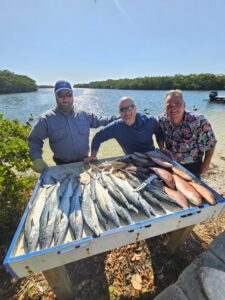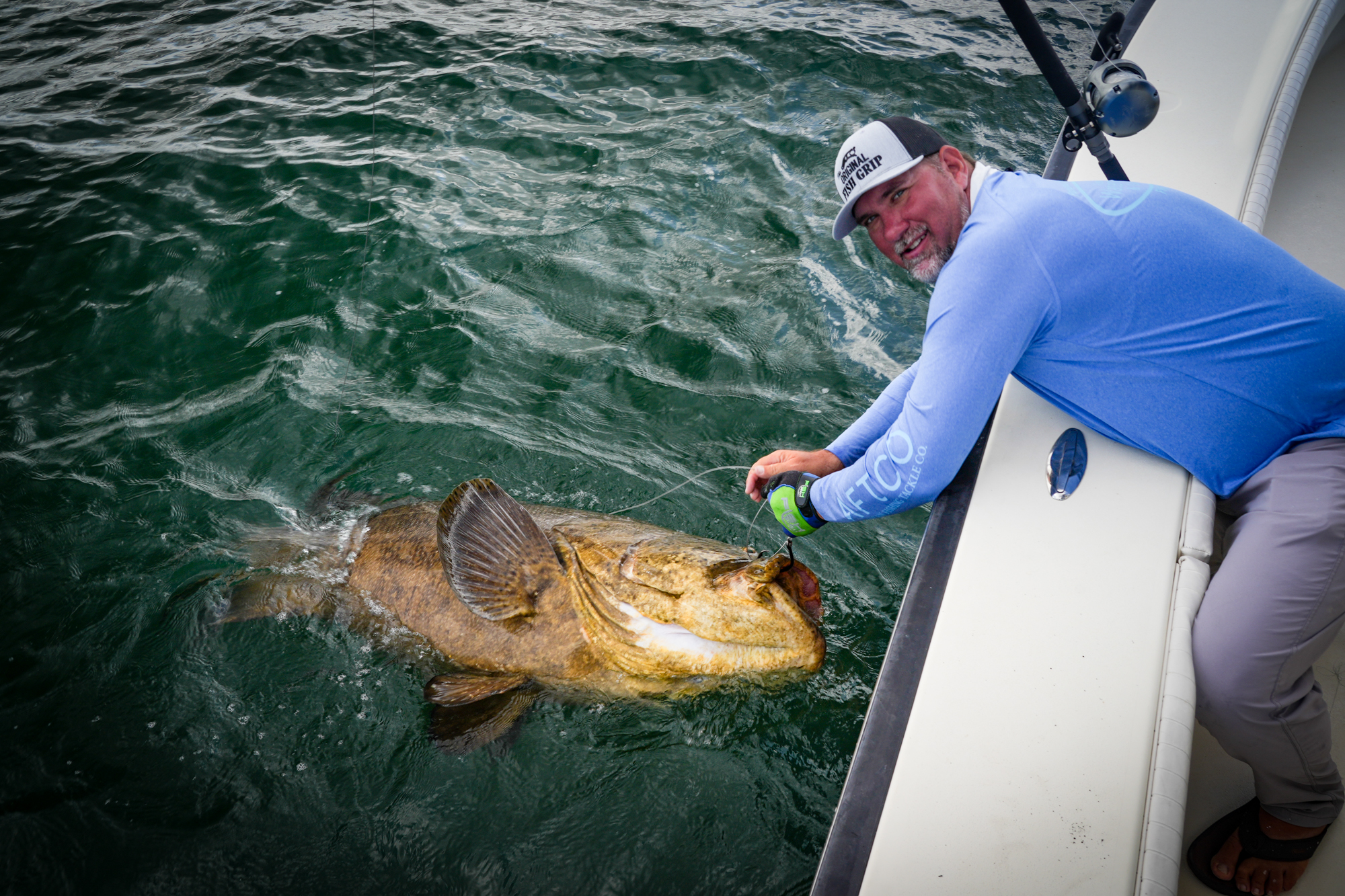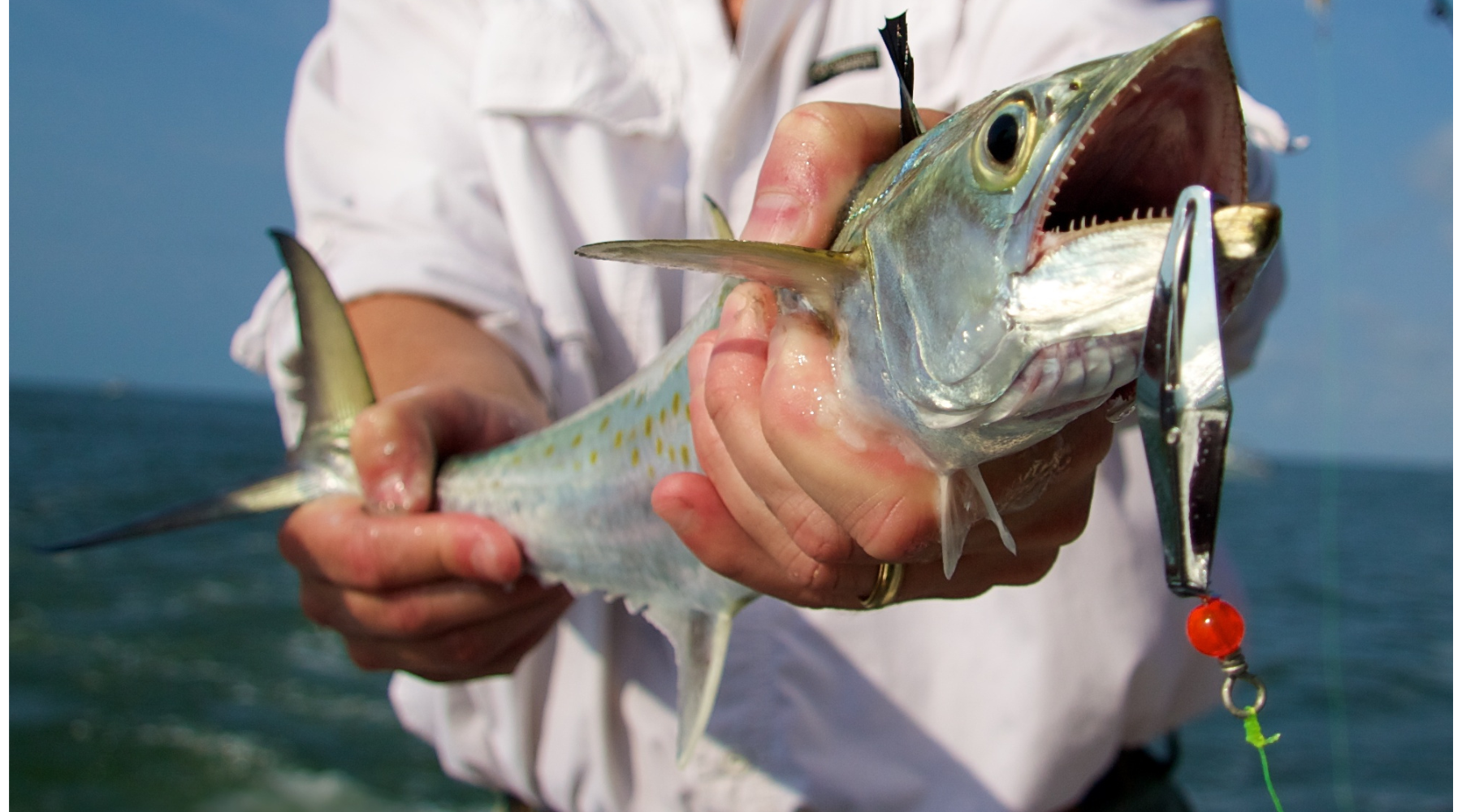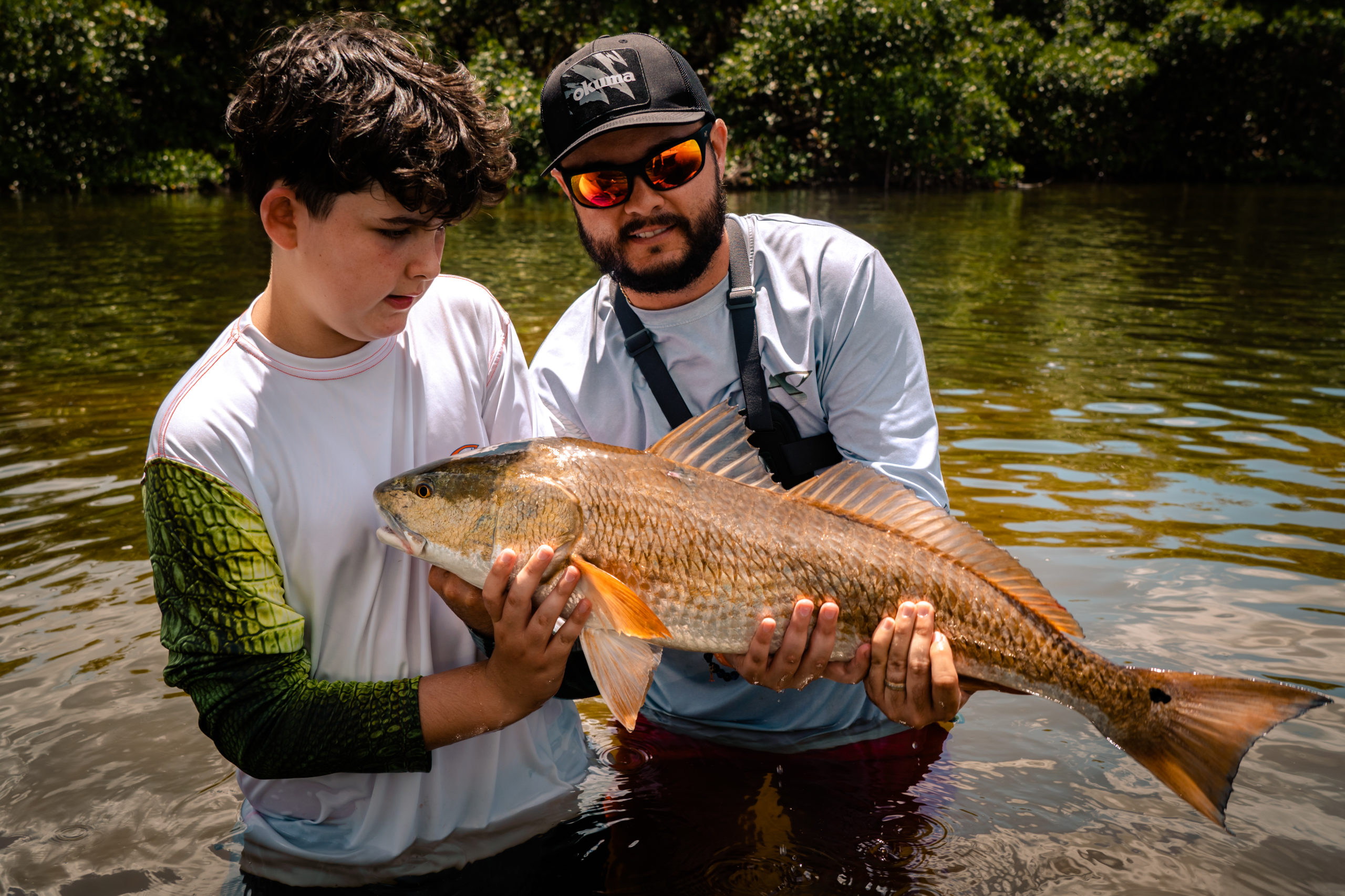Fishing for Spanish mackerel in Tampa Bay is an exhilarating experience that combines the thrill of the chase with the satisfaction of a successful catch. With its clear green waters and abundant marine life, Tampa Bay offers excellent opportunities for anglers to target Spanish mackerel throughout the year. In this comprehensive guide, we’ll explore the ins and outs of Spanish mackerel fishing in Tampa Bay, including tips, tricks, and rigs to help you maximize your success on the water.
Introduction to Spanish Mackerel
Spanish mackerel (Scomberomorus maculatus) are highly sought-after game fish known for their aggressive strikes and fast-paced action. These sleek predators inhabit the warm waters of the Gulf of Mexico and can be found in abundance along the coast of Florida, including in Tampa Bay.
Spanish mackerel are characterized by their torpedo-shaped bodies, vibrant greenish-blue backs, and silver sides adorned with rows of distinctive yellow spots. They typically range in size from 1 to 5 pounds, although larger specimens exceeding 10 pounds are not uncommon.
Mackerel Craze
 The overabundance of Spanish mackerel in Tampa Bay is a double-edged sword for anglers and the ecosystem. While the abundance of these predatory fish presents exciting opportunities for anglers seeking fast-paced action and plentiful catches, it also raises concerns about ecological balance and the health of the marine environment.
The overabundance of Spanish mackerel in Tampa Bay is a double-edged sword for anglers and the ecosystem. While the abundance of these predatory fish presents exciting opportunities for anglers seeking fast-paced action and plentiful catches, it also raises concerns about ecological balance and the health of the marine environment.
The prolific presence of Spanish mackerel in Tampa Bay can be attributed to various factors, including favorable environmental conditions, ample food sources, and limited natural predators. These factors have allowed Spanish mackerel populations to thrive, resulting in dense fish aggregations throughout the bay.
From an angler’s perspective, the overabundance of Spanish mackerel can translate into abundant fishing opportunities and memorable experiences on the water. Anglers targeting Spanish mackerel in Tampa Bay often enjoy consistent action, with multiple hookups and intense battles with these powerful fish.
However, the overabundance of Spanish mackerel can also have ecological implications. As apex predators, Spanish mackerel play a crucial role in regulating prey populations and maintaining the balance of the marine food web. An excessive abundance of mackerel can lead to imbalances in prey populations, potentially impacting the overall health and biodiversity of the ecosystem.
Additionally, the dense aggregations of Spanish mackerel in Tampa Bay may compete with other predatory species for food resources, further altering the dynamics of the marine environment.
Understanding the Behavior of Spanish Mackerel
Before fishing for Spanish mackerel in Tampa Bay, it’s essential to understand their behavior and habitat preferences. Spanish mackerel are voracious predators that feed primarily on small fish, shrimp, and squid. They are often found in schools, patrolling nearshore waters, jetties, piers, and around artificial reefs and structures.
These highly migratory fish move with the seasons and follow baitfish concentrations. In Tampa Bay, Spanish mackerel can be found year-round, but they are most abundant during the spring and fall migrations. During these periods, large schools of mackerel move into the bay in search of baitfish, creating prime fishing opportunities for anglers.
Tips and Techniques for Catching Spanish Mackerel
- Locate Baitfish: Spanish mackerel are opportunistic feeders often found in areas with abundant baitfish. On your fishfinder, look for diving birds, surface disturbances, or baitfish schools, which are telltale signs of mackerel activity.
- Trolling: Trolling is an effective technique for covering a lot of water and enticing Spanish mackerel to strike. To reach the desired depth, use brightly colored diving plugs or spoons in silver or gold trailed behind a planer or trolling weight.
- Casting and Retrieving: When mackerel actively feeds near the surface, casting and retrieving lures can be highly productive. Use metal jigs, spoons, or small topwater plugs to mimic fleeing baitfish and trigger aggressive strikes.
- Chumming: Chumming with live bait or ground-up fish can attract Spanish mackerel to your location and keep them feeding in the area. Use a chum bag or bucket to disperse chum into the water, drawing mackerel closer to your boat or fishing spot.
Drifting with Live Bait: Drifting with live bait such as pilchards, threadfin herring, or scaled sardines can be deadly effective for catching Spanish mackerel—rig live baits on wire leaders or fluorocarbon leaders to prevent bite-offs from the mackerel’s sharp teeth.
Essential Gear and Rigs
Rod and Reel: A medium to medium-heavy spinning rod paired with a quality spinning reel in the 3000 to 5000 size range is ideal for targeting Spanish mackerel. Ensure that your reel is spooled with fresh monofilament or braided line in the 10 to 20-pound test range.
Terminal Tackle: When targeting Spanish mackerel, it’s essential to use wire leaders or heavy fluorocarbon leaders to prevent bite-offs. Tie your leader to the mainline using a robust and reliable knot like the improved clinch or uni knot.
Lures: Metal spoons, jigs, and plugs are all effective lures for Spanish mackerel fishing. Opt for lures in flashy silver or gold finishes, as these colors mimic the appearance of baitfish and attract the attention of hungry mackerel.
Chumming Equipment: If you plan to chum for Spanish mackerel, invest in a quality chum bag or bucket to disperse chum effectively into the water. Additionally, keep a supply of frozen chum blocks or ground-up fish to replenish your chum slick.
Safety and Conservation Considerations
When fishing for Spanish mackerel in Tampa Bay, it’s crucial to prioritize safety and conservation. Here are a few key considerations to keep in mind:
Check the Weather: Before heading out on the water, always check the weather forecast and sea conditions. To ensure your safety, avoid fishing in rough seas or during severe weather events.
Observe Catch Limits: Familiarize yourself with Spanish mackerel regulations and catch limits in Florida waters. Adhere to size and bag limits to help maintain healthy fish populations for future generations of anglers to enjoy.
Handle Fish with Care: Practice proper catch-and-release techniques to minimize stress and injury to Spanish mackerel and other marine species. Handle fish gently, avoid touching their gills, and release them promptly and carefully to maximize their chances of survival.
Conclusion
Fishing for Spanish mackerel in Tampa Bay offers anglers an exciting opportunity to test their skills against one of the Gulf Coast’s most formidable predators. By understanding the behavior of Spanish mackerel, employing effective techniques, and using the right gear and rigs, you can increase your chances of success on the water. Remember to prioritize safety, conservation, and responsible angling practices to ensure a memorable and sustainable fishing experience for years to come.






